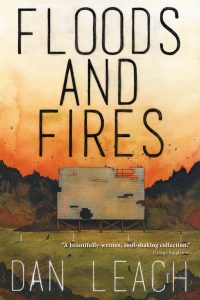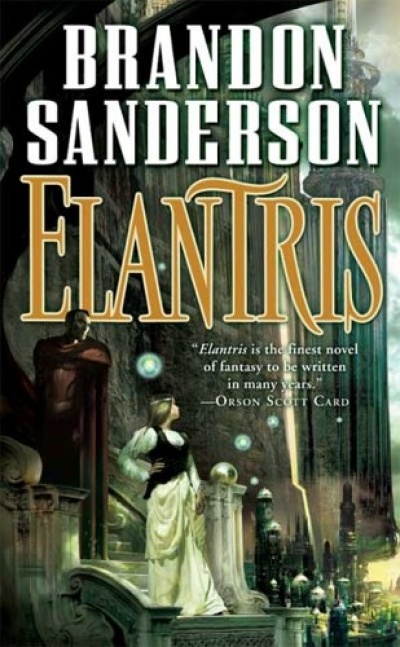When I started in the MFA program at the University of the South Carolina, the requirements included a comprehensive exam over a list of novels, theory, and short story collections totaling 130 books. Thankfully the director who took over in my second year lowered that distressing figure to 30. Although studying for comps in addition to writing, classes, and teaching took a heavy anxiety toll (not to mention a bar tab when we colleagues met to discuss them), I count that literary knowledge one of my most valuable experiences from the program. That goes for actually having read the books, and maybe moreso for discussing them with smart, wonderful people. There is a largeness to knowing the genesis and growth of my craft from Cervantes onward that gives both context and comfort. I know I’m part of something spanning centuries, an art form that embodies some of my deepest values.
So when I found Susan Wise Bauer’s The Well-Educated Mind in a bookshop (the bookshop/travel store/coffee house Travel Bug in Santa Fe, a lovely place,) I was persuaded by her introduction: have I been wandering through my reading? Do I want a grasp of the greatest ideas of Western civilization? Of course! So I read her and came up with a plan to orient my wanderings: in the fall and winter, I’ll progress through a great books list, and in the spring and summer I’ll read new books. A plan!
Then the task came to actually make the list. I knew that I wanted to correct the imperialism and male- and white-supremacism that unfortunately tends to go along with great books list. (Bauer, for herself, acknowledged the Western-centrism of the Great Books but went on anyway; Harold Bloom seems to have taken such criticisms to heart in the breadth of his list.) First, I dug up that old 130 book comprehensive exam list and added a few things like Native American works, the Kalevala (thanks to Tolkien), and the Norse sagas. I’m all ears to any further additions, and I’ll be looking for them as the project continues. Finally I set out to find an actual great books list to pull from.
I had three sources: the syllabus of St. John’s College, one of the few Great Books universities and located here in Santa Fe, the pickings of Christian homeschool blogs who make up the bulk of great books information on the Internet, and Harold Bloom’s monstrous 2,500 book list. My focus is mainly on novels and poetry, so I left out some of the mathematics from the St. John’s list. I began copying Bloom’s list but quickly remembered, as I gazed over the mass of titles, how slowly I actually read. So, St. John’s and the Christian homeschoolers helped to cross-reference Bloom for the most essential works. I did leave off, from the Christian homeschoolers, everything C.S. Lewis ever wrote. The finished product, still a work in progress, is ambitious, and a huge mess. This year I’m tackling the Ancient works, hoping that the Santa Fe Public Library has enough resources to narrow down “Native American myths;”
Epic of Gilgamesh
Gospel of the Red Man, Native American myths: Hopi, Cherokee, Kiowa
Old Testament
King James psalms
Mahabharata
Bhagavad-Gita
Ramayana
Update 1: At least based on an online catalog search, the Santa Fe Public Library has only two books on Navajo myth. There are a few on Hopi and Pueblo rituals, kachinas, and material items, and plenty of New Age-sounding books with adobe-orange covers. I went in looking for primary sources, or as close as I could get to them, on the stories and mythology. Perhaps as I dig deeper I’ll find some. But while we have Black Elk Speaks and dozens of other late 19th/early 20th century works, white authors invariably “interpreted” those Native speakers whose names appear on the cover, making it difficult for a reader to encounter a direct primary source, as the Great Books ideal encourages. I fear it was only in the 1960’s with authors like N. Scott Momaday that we began to see Native works written by Native people according to Native sensibilities. As much as this is a loss for the world in not having those parts of the human story available, it seems to be to be one more example of something far worse, what Momaday calls the sacrilege perpetrated on Native Americans; the theft of the sacred by white Americans from Native Americans. In this case, a theft of oral tradition and centuries of mythology.
Perhaps it is more appropriate that the stories that do remain are held privately by the tribes, with someone like Momaday or Louise Erdrich coming forth every now and then to gracefully invite readers into a portion of them. Fiction’s ability to do so—to offer any and all readers an empathetic, guided glimpse into a very intimate portion of another peoples’ life—is one of its incredible strengths. I think of Momaday, who wrote for Natives and not white people, or Toni Morrison who did the same for black people, and I am grateful that those works are open to us all. Such dynamics might even teach us humility. They might show us that our own, and our particular “people’s,” view of life is not the only one.
Update 2: Halfway through January, I’ve managed Gilgamesh, the Torah (the first five books of the Old Testament), and Proverbs. I am now fairly tired of the Bible and looking forward to those Navajo myths.



